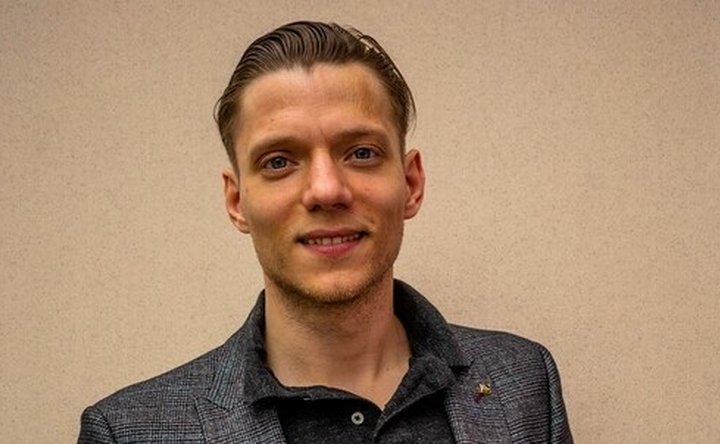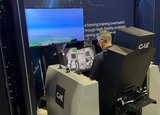Close combat training technology specialist 4GD has received a contract from the Defence and Security Accelerator (DASA), a UK Ministry of Defence fund, to integrate ChatGPT into its SimStriker robotic targets, 4GD announced on the first day of I/ITSEC 2023 in Orlando, Florida.
The integration would allow smart targets to conduct dynamic conversations with trainee soldiers, the company said. 4GD would work with NIAXO, a tech innovation company, to create what it claimed were varied and realistic military training scenarios.
ChatGPT would help SimStriker avoid stock phrases and help the company develop different personas for the targets based on customer requirements. It would also enable
























